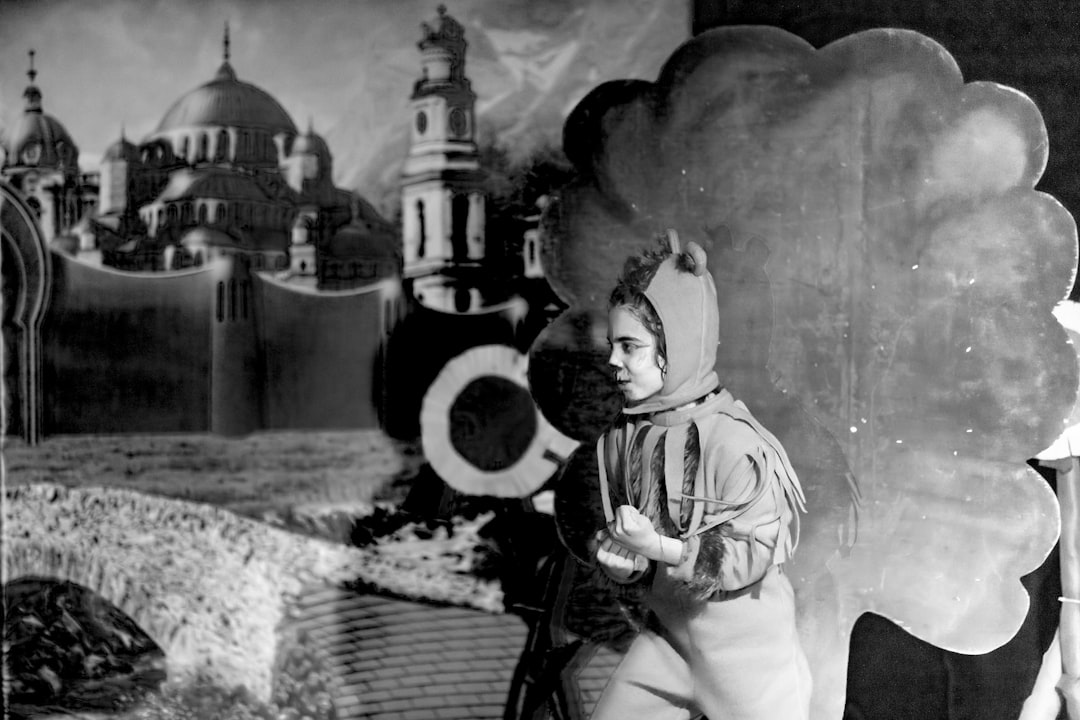Art has long been considered a powerful tool for therapy and healing, and it’s especially beneficial for individuals who have experienced trauma. The act of creating art can provide a safe space for processing emotions, expressing feelings, and working through difficult experiences in a nonverbal way.
Trauma can have a lasting impact on both the mind and body, often resulting in symptoms such as anxiety, depression, and post-traumatic stress disorder (PTSD). For many survivors, talking about their trauma can be difficult and triggering, making it challenging to find an outlet for their emotions. This is where art can play a crucial role in the healing process.
Creating art allows trauma survivors to externalize their feelings and experiences, turning them into something tangible and visible. This not only helps them make sense of their trauma but also provides a sense of control and empowerment. Through art, survivors can explore complex emotions, confront difficult memories, and find a way to communicate their inner world without having to rely solely on words.
Artistic expression can also be a form of self-care and self-compassion for trauma survivors. Engaging in creative activities can help reduce stress, increase self-awareness, and promote a sense of accomplishment and self-worth. The act of creating art can be calming and meditative, allowing survivors to find solace in the present moment and escape from the weight of their trauma.
The healing power of art after trauma lies in its ability to foster self-expression, healing, and personal growth. Art can provide a means of processing and integrating traumatic experiences, promoting self-discovery and resilience in the face of adversity. By giving survivors a voice and a channel for their emotions, art can help them move towards acceptance and healing, finding a way to reclaim their sense of self and agency.
One of the great things about art therapy is that it doesn’t require any special skills or training. It’s not about creating a masterpiece or having a certain level of talent – it’s about the process of making art itself, without judgment or criticism. Whether it’s painting, drawing, writing, or sculpting, the important thing is to engage in a creative activity that feels meaningful and cathartic.
In conclusion, art has the power to heal and transform, particularly in the aftermath of trauma. By creating art, survivors can find a sense of purpose, empowerment, and healing that allows them to move forward in their journey of recovery. Art therapy offers a safe and supportive space for expression and exploration, helping survivors reclaim their voices and rewrite their narratives in a way that honors their experiences and promotes healing. Whether it’s through painting, poetry, or any other form of creative expression, art can be a powerful tool for promoting resilience, growth, and healing after trauma.


